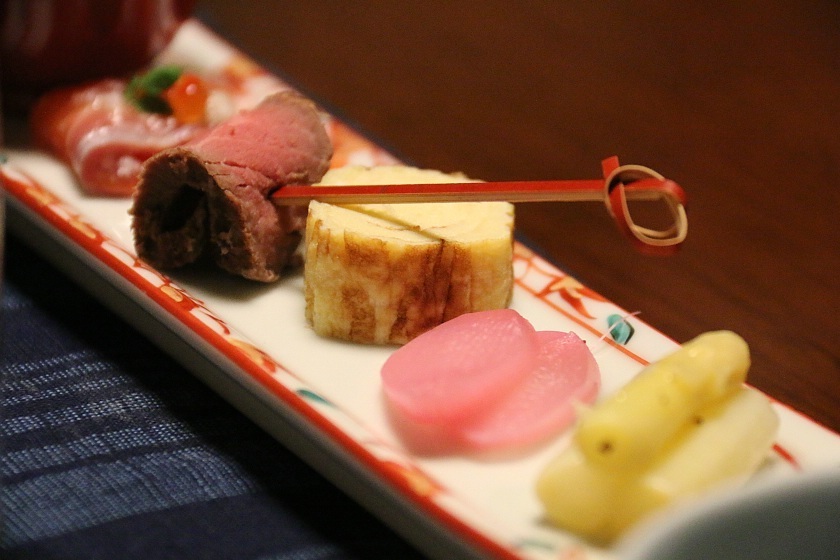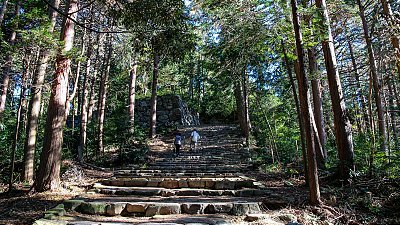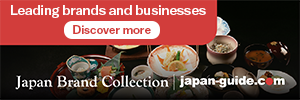Tokyo Cuisine

With more Michelin-starred restaurants than any other city in the world, Tokyo has rightly earned a reputation as one of the great gourmet destinations. For many first time visitors however, the sheer sensory overload of well over 100,000 restaurants of every kind can make it a bewildering prospect. To help you plan your culinary adventure, here are five of the most iconic meals, and some of the most highly-recommended venues to try them:
Sushi
A deceptively simple combination of vinegared, seasoned rice with other ingredients ranging from seafood to vegatables, sushi is surely the most iconic of Japanese cuisine. For most people, the image of sushi that first comes to mind will most likely resemble the Edomae style, a product of the booming Tokyo culture of the 1820s, at a time when sophisticated city-dwellers wanted to flaunt their cosmopolitan tastes and fast-paced lifestyle. Tokyo remains the center of the sushi world to this day, with over three thousand restaurants to choose from. With an unpretentious atmosphere, reasonable prices and English menus, the popular chain Sushi Zanmai is a great place to start and operates 42 branches throughout Tokyo. A terrific mid-range option with lunch sets at as little as 3000 yen, Mantenzushi represents terrific value for money and is coveniently located near Tokyo Station's south exit. A little further up the price scale, Ginza Kyubey near Shimbashi Station is not only one of Tokyo's best-known restaurants, but offers a lively, informal atmosphere and is relatively easy to book.

Kaiseki and Kappo
Representing the peak of complex and sophisticated Japanese cuisine, kaiseki takes the form of a multi-course meal with carefully balanced seasonal ingredients and presentation. Intended as a feast for all the senses, true kaiseki requires a high level of training and creativity on the part of the chef, and as such can come with a significant price tag. Located close to the Yasukuni Shrine, Kudan Otsuka's calm and welcoming atmosphere make it ideal for a first kaiseki experience, with prices starting at 9500 yen for a taster course. For a more relaxed style of high level cuisine, kappo combines traditional techniques and ingredients with modern innovation and often a more informal setting. A great place to try this is Shirosaka, an attractive modern space in Tokyo's Akasaka district with a lively atmosphere and prices starting from around 8000 yen for an omakase menu.

Udon
Another of Japan's most beloved dishes, udon are thick, slightly chewy noodles made with wheat flour, water and salt, served either hot or cold, often with green onions, ginger and spicy seasoning. Like ramen, udon most likely originated in China but have been a part of Japanese cuisine for many centuries, with many regions developing their own distinct style. Four minutes from Jimbocho Station, Udon Maruka is well known for very reasonably priced (typically well under 1000 yen) artisanal-quality udon, and has long lines to match. Perhaps the most beautiful Udon restaurant in Tokyo, Kamachiku occupies a former Showa-era storehouse in the Nezu area, complete with a glass extension facing onto a traditional garden. The noodles have the perfect amount of chewiness and are offered alongside an impressive menu of sake and side-dishes.

Ramen
Despite its relatively short history, this simple Chinese dish of wheat noodles served in broth with a range of toppings has become hugely popular in Japan and around the world. In a city overflowing with so many great ramen retaurants, it really is an impossible task to point to a handful of "best" options, but among the most celebrated Tsuta, the first to be awarded a Michelin star and known for unique ingredients like clam and truffle oil. Another great option is the similarly Michelin starred Nakiryu in Otsuka, although purists should note their signature Szechuan inspired tantanmen noodles are not technically ramen.

Tempura
Consisting of lightly battered and deep fried pieces of fish and vegetables, tempura was originally introduced by Portuguese traders in Nagasaki, ultimately becoming an important part of Edomae cuisine. Today, tempura is most commonly served as a topping on tendon rice bowls, as a side dish with soba or udon, or at formal tempura restaurants as part of an omakase course menu. A great mid-range option is Kyorakutei in the Kagurazaka area, offering tempura to a high standard alongside their trademark handmade soba with prices starting at 2400 yen. For those looking for a more serious culinary experience, the family-run Tenmo offers world-famous tempura courses steeped in old-Edo tradition from a deceptively modest shack in Nihonbashi, with lunch prices starting at 6600 yen.






